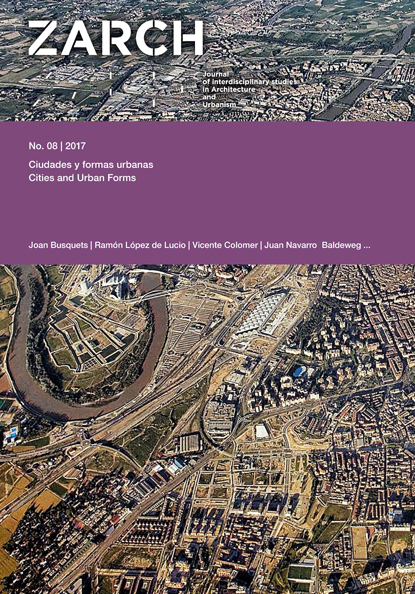Mies van der Rohe: Cuba 1957 - Berlin 1968. The fulfillment of the “new” art of building
DOI:
https://doi.org/10.26754/ojs_zarch/zarch.201782172Keywords:
Mies van der Rohe, Tectonics, Space, Structure, Construction, BaukunstAbstract
The art of building (Baukunst) of our time is founded on the search of a new kind of composition of different autonomous elements, in which it was originally fragmented and stratified: the plastic masonry element of the earthwork, as a stereotomic, topographic mass, closely related to the specific site; the properly tectonic element of the light carpentry framework/roofwork, largely connected to the rational modularity of assembly technique; the dematerialized element of spatial enclosure, as textile cladding surface: the pure dressing (Bekleidung). These elements have been defined through a long form-giving process, started with the radical nineteenth-century theoretical review of traditional tectonic categories. The same elements seem to reach their fulfillment in the last phase of Mies’ research on the “new” art of building: the project for a monumental Halle in Santiago de Cuba, finally built in Berlin (1957-68).


